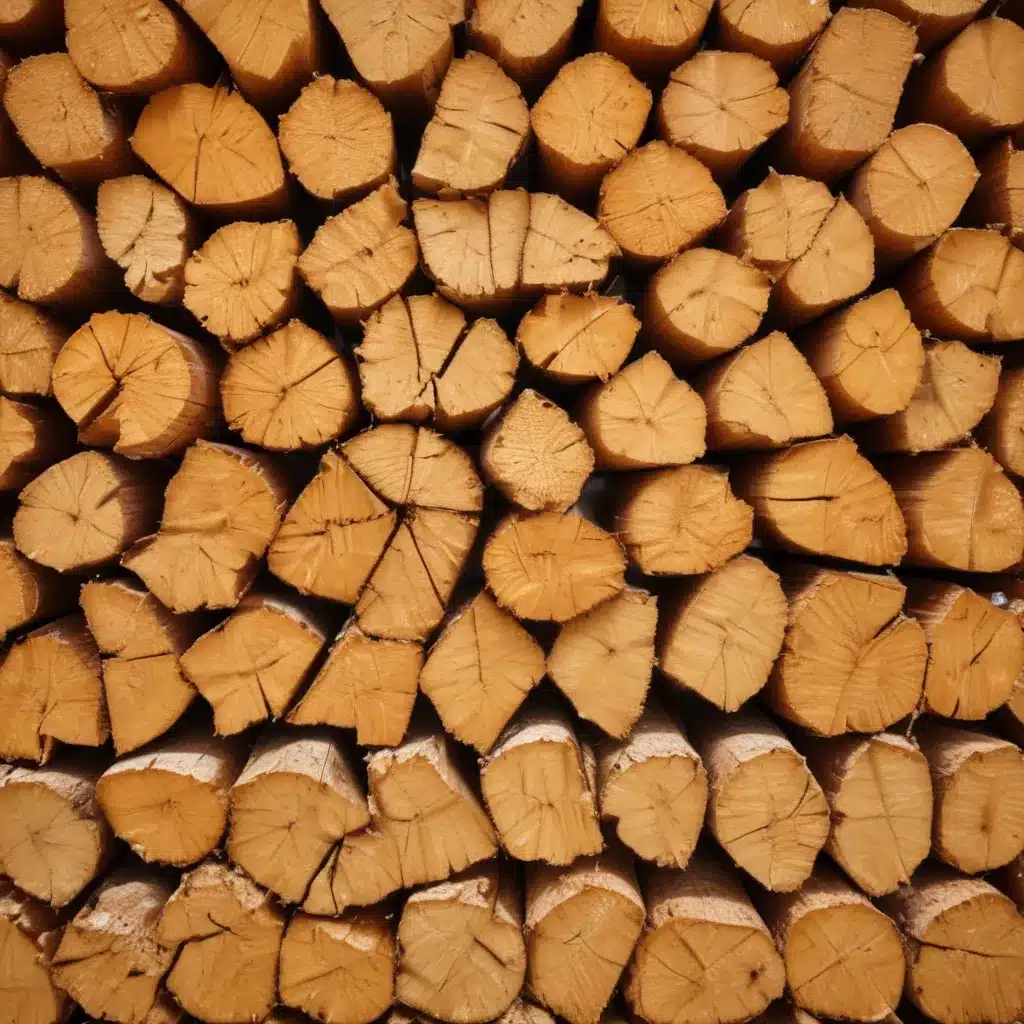
The quality and performance of timber as a structural material depend heavily on the accurate assessment of its mechanical properties. One of the most critical factors influencing timber strength is the grain angle – the orientation of the wood fibers relative to the longitudinal direction of the structural element. Reliable non-destructive methods for precisely determining grain angle are essential for evaluating the mechanical characteristics of timber and optimizing its use in construction.
Grain Angle Measurement Techniques
The grain angle in timber can be separated into two main components: the global slope of grain, caused by spiral growth patterns or curvature in the tree stem, and the localized slope of grain, induced by the presence of knots or other defects. Traditionally, the grain angle has been determined by manually scribing the wood surface and measuring the angle relative to the longitudinal axis. However, this contact-based approach is time-consuming, prone to operator error, and destructive to the timber.
More recently, advanced non-destructive techniques have been developed to indirectly measure the grain angle using the anisotropic properties of wood. One such method is laser light scattering, which takes advantage of the way light propagates through the wood fibers. As light travels more easily along the grain direction compared to across the fibers, the scattered light pattern forms an ellipse, with the major axis indicating the fiber orientation. This tracheid effect has been widely used in machine grading of softwoods and is now being adapted for hardwood species like birch.
By imaging the elliptical scattering patterns across the surface of a timber specimen, the grain angle can be determined through digital image analysis and principal component techniques. This non-contact approach allows for rapid, automated grain angle assessment without damaging the wood. The resulting 3D grain angle vectors can then be correlated with the mechanical performance of the timber, providing valuable insights for strength evaluation and structural design.
The Impact of Grain Angle on Timber Strength
The grain angle has a profound influence on the mechanical properties of timber, particularly its tensile strength. As the angle between the load direction and the wood fibers increases, the tensile capacity decreases dramatically. This relationship can be described using established failure criteria, such as Hankinson’s formula and the multi-surface failure criterion (MSFC).
Comprehensive testing of small-scale birch specimens has shown a clear non-linear dependency between the 3D grain angle and the ultimate tensile strength. Specimens with lower grain angles (< 4°) tend to exhibit tension, splintering, or longitudinal shear failures, while those with higher angles (> 4°) are more prone to sloping shear failures. By analyzing the fracture patterns, the laser-determined grain angles were found to correlate strongly (r = 0.94) with the actual fiber direction revealed by the failed surfaces.
For larger timber boards, the global grain angle was a major factor contributing to a significant number of failures. The laser-based measurements of the grain angle on the narrow faces of the boards showed a moderate correlation (r = -0.58) with the tensile strength, indicating the relevance of this non-destructive approach for strength predictions. However, the influence of localized grain deviations around knots and other defects should also be considered for a more comprehensive assessment.
Detecting Abnormal Grain Patterns
An important aspect of grain angle analysis is the ability to identify and characterize abnormal growth patterns in the wood, such as flame wood or curly-grained birch. These natural variations in the fiber orientation can significantly impact the mechanical properties of the timber.
The laser scattering method has proven effective in detecting the wave-like grain deviations associated with flame wood. Small-scale birch specimens exhibiting this feature tended to have higher grain angles, increased density, and lower strength compared to clear wood samples. At the timber board scale, the laser measurements were able to capture the localized fluctuations in grain angle within the flame wood regions, although the overall impact on strength was less pronounced, likely due to the dominance of other defects.
Understanding the influence of these natural growth anomalies is crucial for developing appropriate grading and quality control procedures for hardwood species like birch. The ability to reliably identify and characterize such features through non-destructive techniques is a valuable asset for the forestry and timber construction industries.
Integrating Grain Angle Evaluation into Timber Grading and Design
The accurate determination of grain angle, enabled by advanced laser scattering methods, provides a powerful tool for the comprehensive evaluation of timber strength and quality. By linking the grain angle measurements directly to the mechanical performance, this non-destructive approach can be integrated into robust timber grading systems and structural design processes.
For hardwood species where traditional grading methods may be less established, the grain angle analysis can help diversify the resource base by improving the understanding and utilization of species like birch. Furthermore, the ability to assess the grain angle on the narrow faces of timber boards, even in existing structures, broadens the applicability of this technique for in-situ quality control and structural assessments.
As the construction industry increasingly seeks to maximize the use of renewable and sustainable materials, the reliable assessment of timber’s mechanical properties becomes paramount. The insights gained from grain angle analysis, combined with a deeper understanding of the underlying wood anatomy and growth characteristics, will enable forestry and timber engineering professionals to optimize the design, production, and deployment of high-performance structural timber.
Example: Sustainable Pine Harvesting Operation 2023

